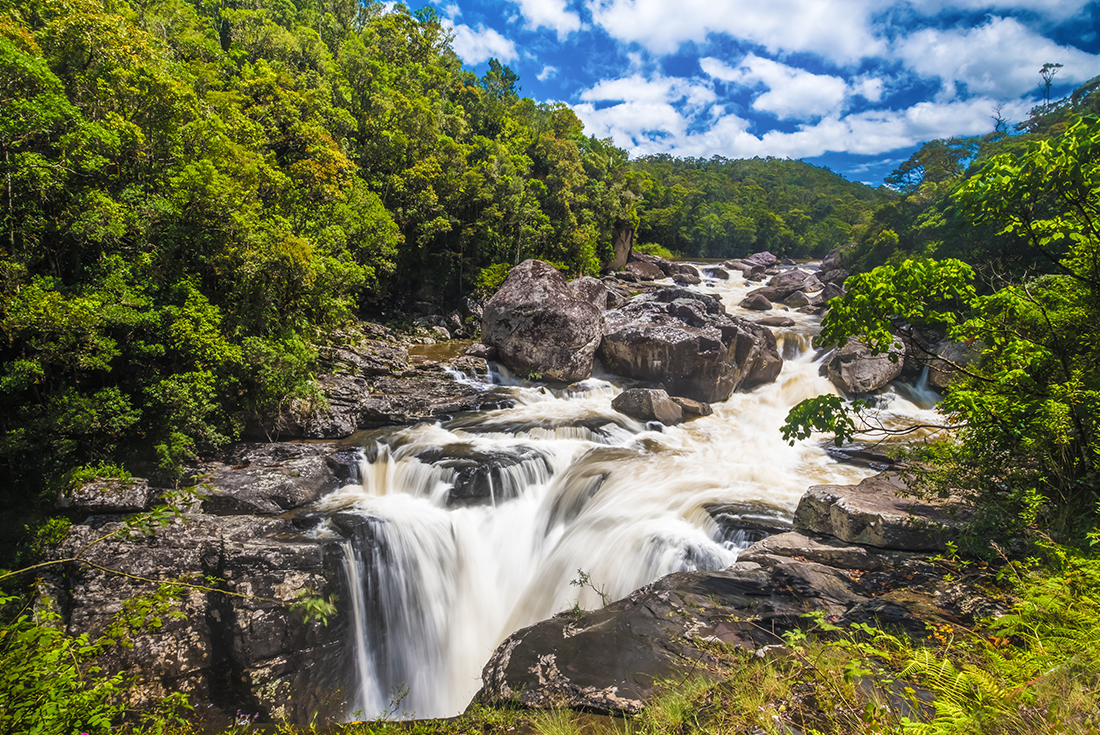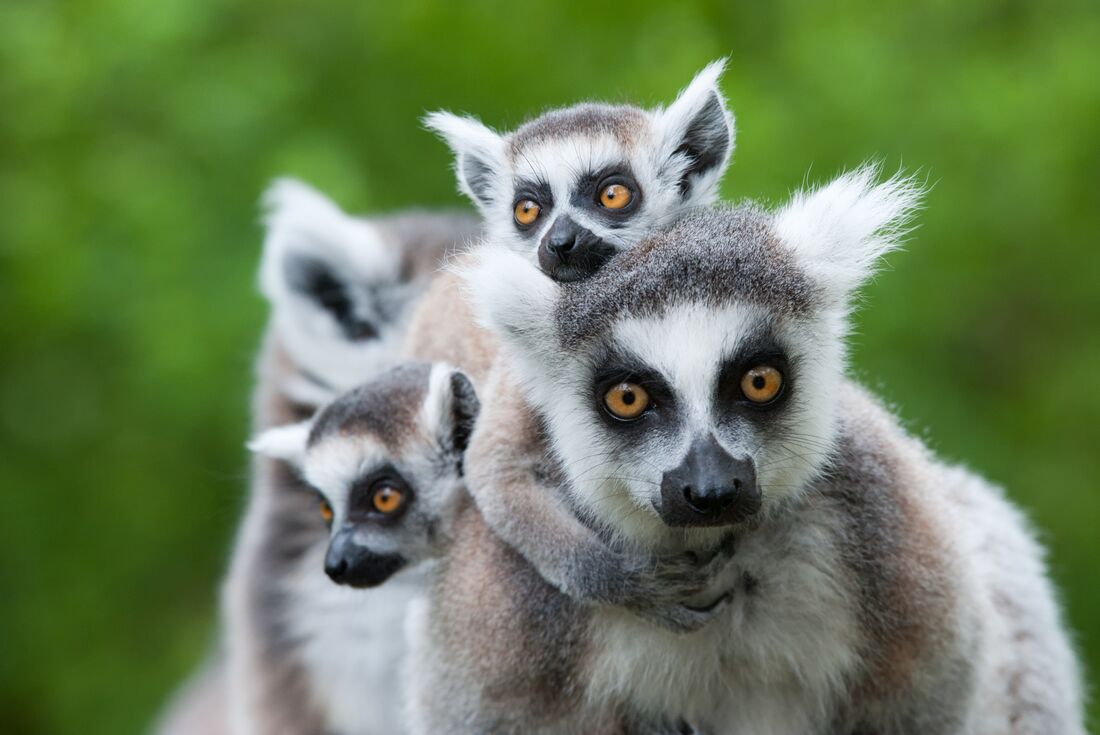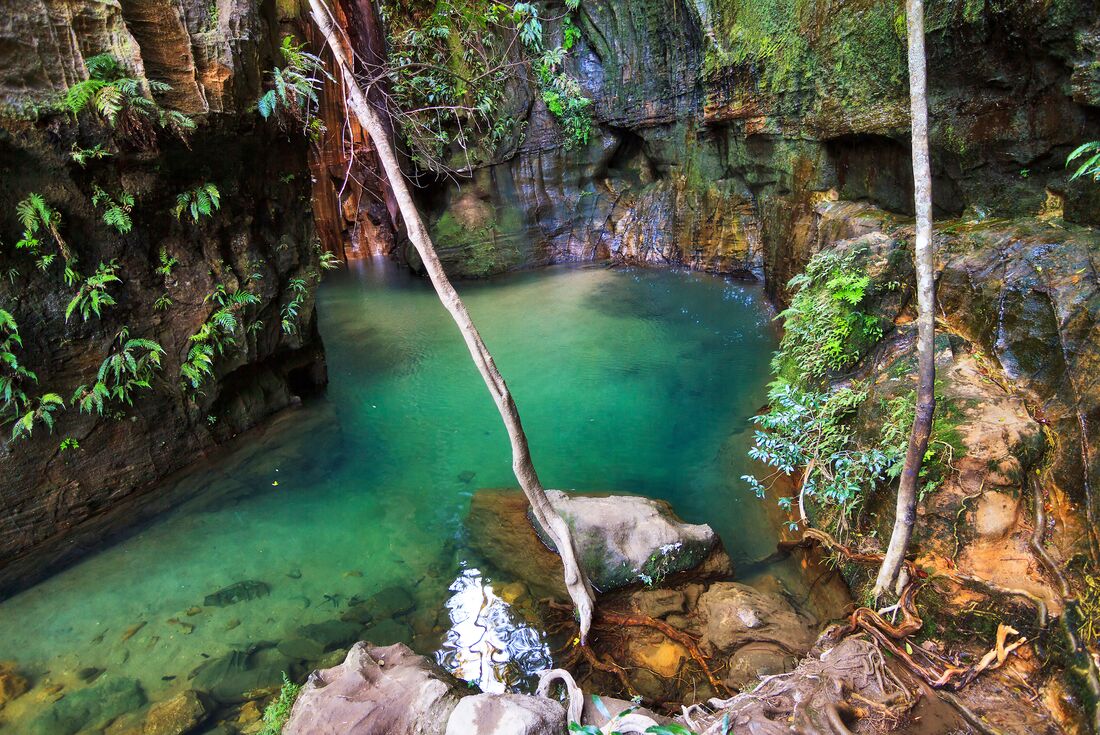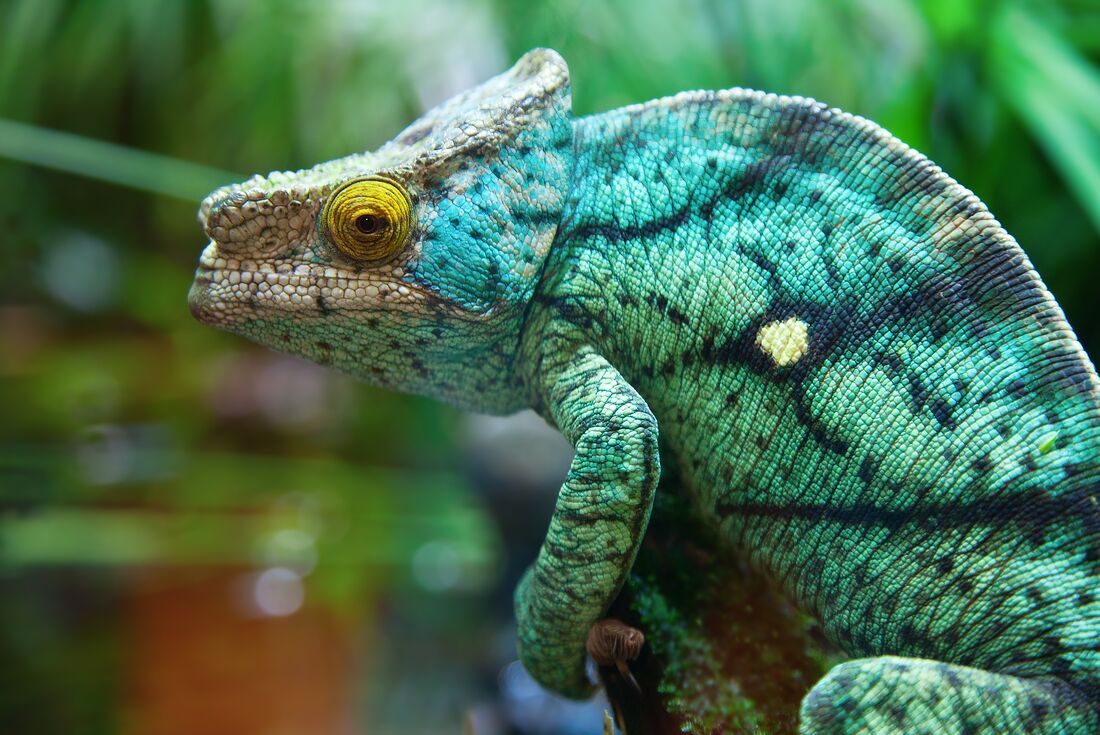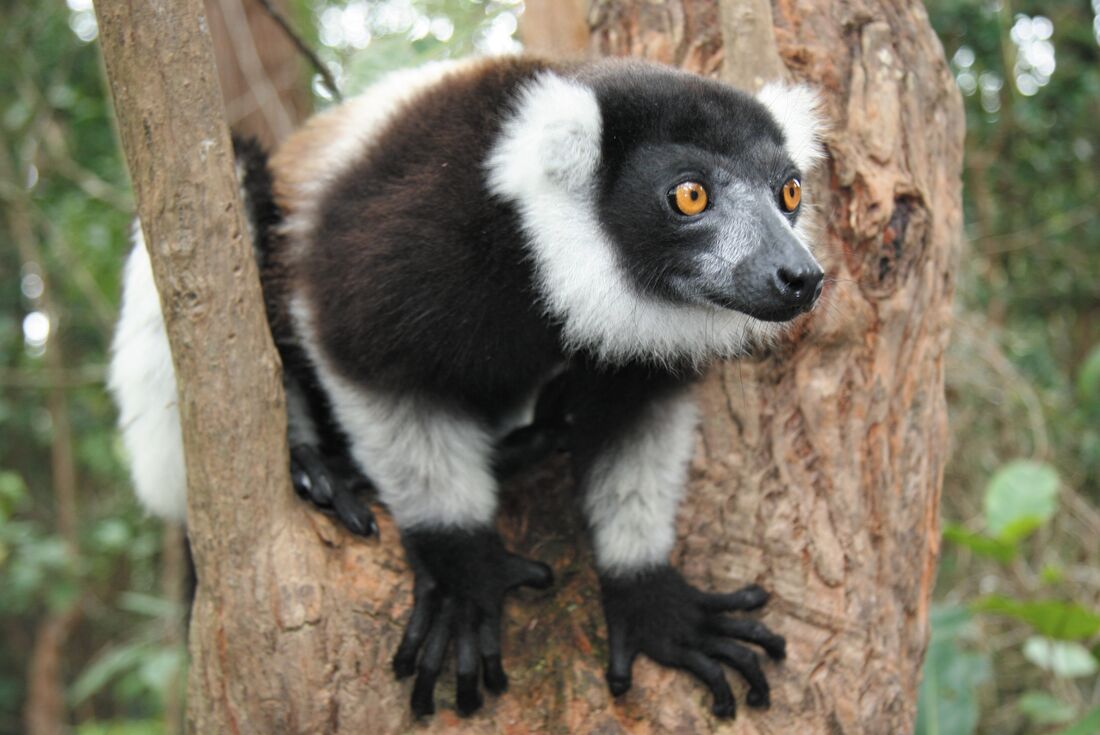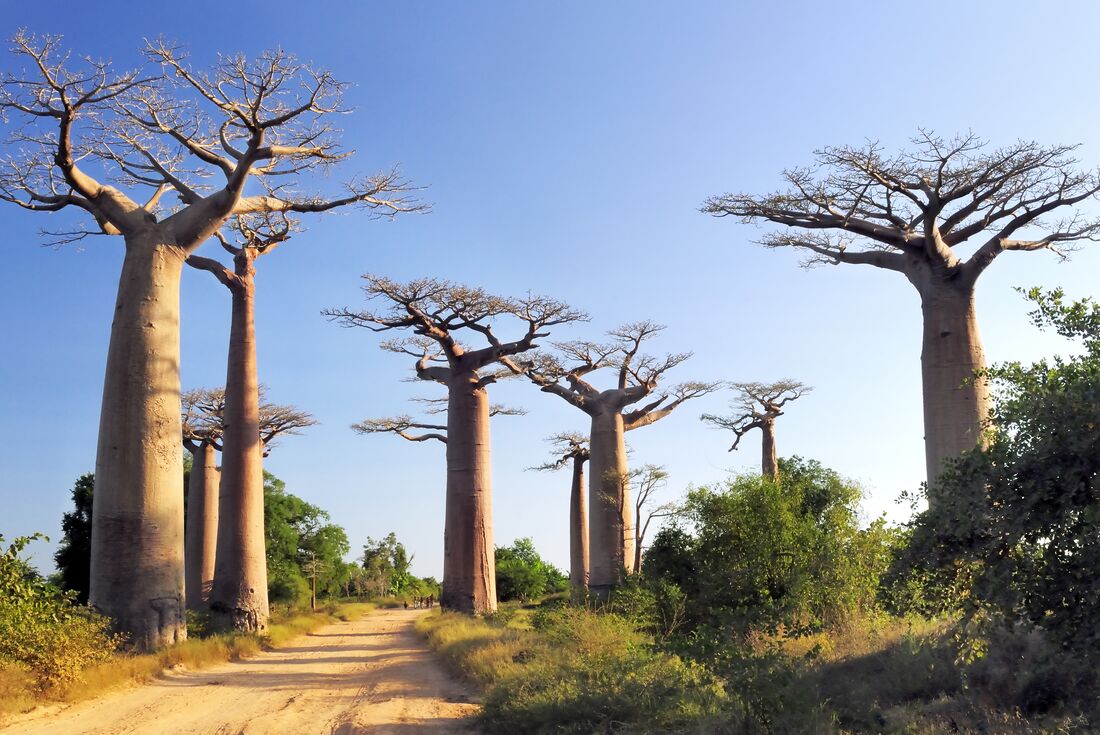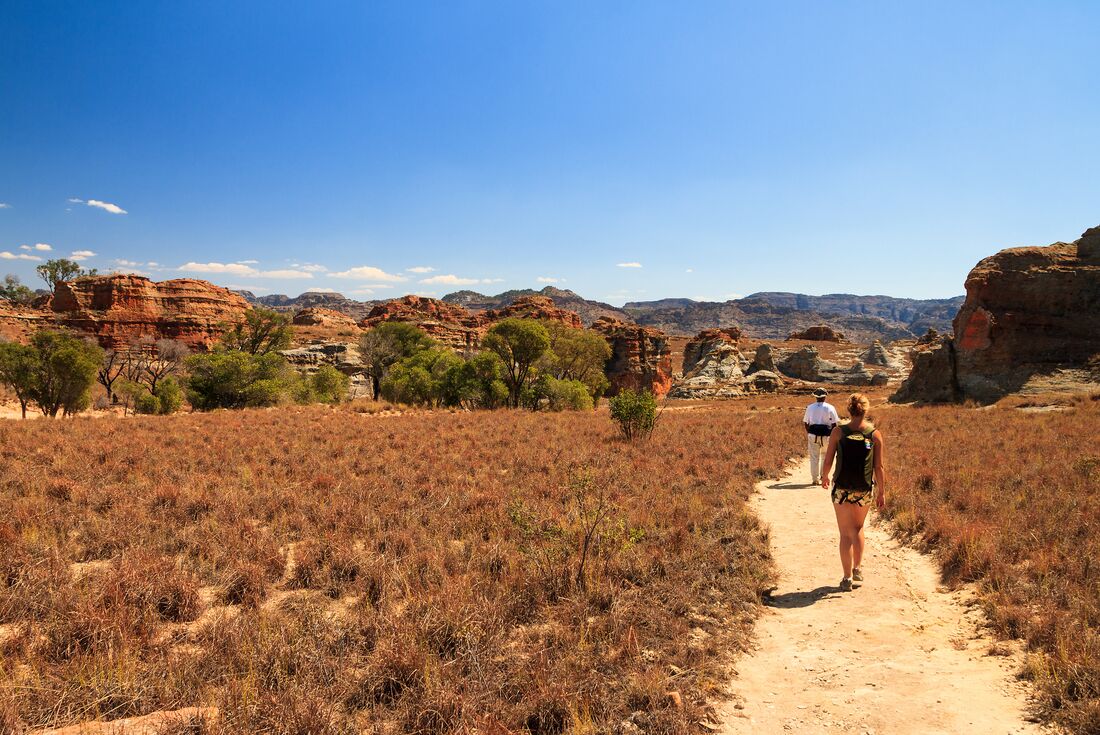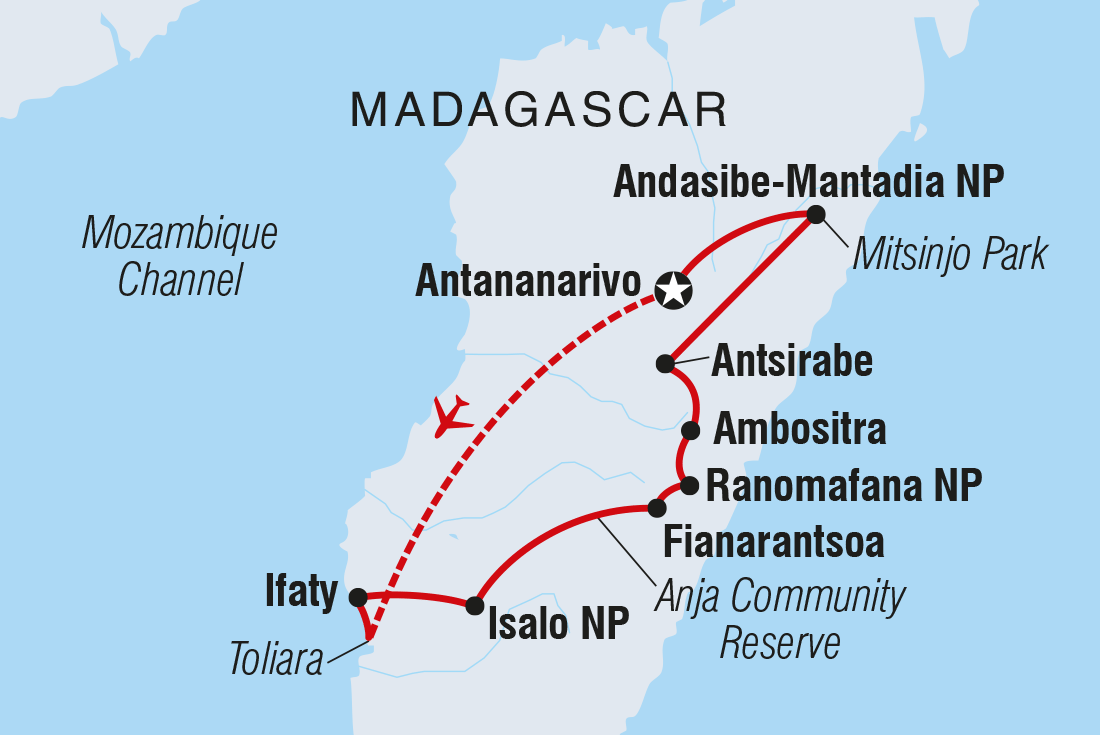SUMMARY
Create your own wildlife-filled jungle jaunt through Madagascar on this 14-day adventure to the island’s hotspots. You’ll be lazing on white-sand beaches, exploring tropical rainforests and spending time with a huge variety of local wildlife, including the lemur – the island's most popular animal inhabitants. Dig a little deeper throughout your journey and interact with local communities, getting an insight into the day-to-day life of Malagasy and Betsileo peoples. Discover the French colonial influences in Antananarivo and Antsirabe, and get the chance to chill out in your own time. An eco escapade in Madagascar awaits, with local wildlife, beaches and a little adventure at every turn.
TOTAL DURATION : 14 Days
GROUP SIZE : MIN 1 MAX 12
TOUR ITINERARY AND DATES
START : Antananarivo
END : Antananarivo
COUNTRIES VISITED : Madagascar
Validity : 01 JAN 2024 To 31 DEC 2024
Day :1
Location : Antananarivo
Tonga Soa! Welcome to Madagascar. You'll start your journey in the country's capital – the bustling Antananarivo – a fun place to explore among rolling hills. You might like to check out the Musée de la Photographie, a small museum showcasing the history of Madagascar between 1850 and 1870 through a series of old photographs that have been assembled into short videos. Your adventure begins with a welcome meeting at 5 pm, but if you arrive early, why not head to Analakey to visit the street markets or perhaps seek out a cafe to soak up the atmosphere? After, why not keep the introductions going with an optional dinner with your group at a local restaurant?
Day :2
Location : Ifaty
After breakfast this morning and before your flight (if time permits, as flight schedules are subject to change) you’ll enjoy a heritage walking tour of the Old City, where you’ll learn a little more about the country’s history, marvel at the interesting architecture of the traditional highland houses and watch on as finely dressed locals pop in and out of Sunday church services. After exploring Antananarivo, we’ll board a flight to Tulear and onward to your hotel in Ifaty for the evening. The night is yours to sit back and relax or go out and explore the town – you’ll be delighted by your accommodation with a swimming pool, snack bar and restaurant, so you may choose to stay in, rest up and get ready for tomorrow’s adventures.
Day :3
Location : Ifaty
Today is free for you to explore, adventure or relax as you wish. You might like to visit Reniala Private Park – meaning ‘mother of the forest’. This private nature reserve was opened in 2001 as a botanical garden, ornithological park and incredible baobab forest. Maybe you’d like to visit the Village des Tortues, a turtle breeding and conservation project or drop into the Honko Project and see the protected mangrove area that’s been set up to help reverse the degradation of the ecosystems here. Explore the Recycling Museum, which is dedicated to environmental protection, providing educational awareness for locals and tourists to learn about the efforts of waste management in the country and encouraging green and responsible consumption. Up for something a little more active? Take a traditional dugout (speedboat) out to the nearby reef and snorkel the day away on a guided excursion. As if this wasn’t already enough to choose from, if you’re visiting from July to August, you can also join a humpback whale-watching excursion in the lagoon.
Day :4
Location : Isalo National Park
Leave Ifaty in the early morning and head to Tulear, where you will enjoy a city tour led by your trip leader. Then, drive to the Antsokay Arboretum for a visit. The Antsokay Arboretum is a botanical garden with over 900 species of plants from southwestern Madagascar, 90% are endemic to the region and 80% are medicinal. Among these, many succulents are considered endangered. You can also see creatures that cannot be seen anywhere else in the world, like chameleons, boas, tenrex and birds, as well as other endemic species. In the afternoon, continue on to Isalo National Park.
Day :5
Location : Isalo National Park
After breakfast today, you’ll make tracks to Isalo National Park, for a full day of exploration within the park with your leader. Isalo is known for its variety of landscapes, from rainforests and rolling plains teeming with life to strange geological formations and deep-cut canyons. And of course, there are a variety of lemur species roaming around the place because – well, this is Madagascar! You’re lucky to be spending a couple of days exploring the park, which is home to over 80 species of birds, 30 species of reptiles and 14 species of mammals including three lemur species – ring-tailed, red-fronted and Verreaux's sifakas lemur.
Day :6
Location : Fianarantsoa
Today, you’ll kiss Isalo National Park goodbye as you hit the road for Fianarantsoa – a colourful town known for its heritage site. It is a must-see, with its long, paved roads, labyrinths of small paths and old houses with flower-studded balconies and tiled roofs. Along the way, you’ll stop at the Anja Community Reserve – a great spot to observe lemurs and learn a little more about the local culture. The forest in Anja was designated a protected area reserve by the Government of Madagascar in 1999. The reserve extends over 30 hectares and is enriched with all kinds of flora and fauna species, most notable for its dense population of semi-tame ring-tailed lemurs. Anja has become a vital example of how community management of natural resources can both effectively protect the area and benefit the community. Based on their individual skillsets some locals work as guides, others work as porters while some perform administrative and management tasks associated with the reserve. The local villagers will be your local expert guides as you explore the reserve, and your leader will be able to translate all the knowledge they can pass on to you.
Day :7
Location : Ranomafana
Today you’ll visit the historical old city of Fianarantsoa on foot. Then, visit a typical Malagasy village for an insight into how most of the island's population live, then take a local walk to explore the surrounding countryside, which is dotted with rice paddies and vineyards that produce Fianarantsoa's famous wine. You'll get a chance to sample local cuisine with a lunch stop in the villages. In the afternoon, you’ll travel to Ranomafana National Park, located in the southeastern part of Madagascar. Ranomafana means 'hot water' in the Malagasy language and the area is haven for small mammals, birds, reptiles and insects, as well as palms, bamboo, orchids and carnivorous plants. This park is home to several rare species with 13 species of lemur, including the famous golden bamboo lemur, which was first reported in the area in 1985 – its presence is one of the main reasons why the government decided to protect this forest. You may want to consider taking an optional night walk once the sun goes down. Your accommodation tonight is a small cottage located within the park's boundaries. With a little free time, you might consider visiting the thermal springs which the town is named after – located across the Namorona River. The outdoor swimming pool fed by the springs is also a popular spot to take a dip.
Day :8
Location : Ranomafana
Today, you’ll get another chance to continue exploring Ranomafana, this time on a guided walk. Keep your eyes peeled for lemurs, striped civets, mongooses, goshawks, geckos, frogs and butterflies. If you’re lucky, you may even spot an incredible net-casting spider or the world's smallest chameleon. Relax into the day, and once again spend the night within the park.
Day :9
Location : Ambositra
After breakfast, head to Valbio Research and Conservation centre, an international research station on the edge of Madagascar's beautiful and abundant Ranomafana National Park. Under the direction of renowned primatologist Patricia C. Wright, the centre works to protect Madagascar’s unique and biologically diverse ecosystems through conservation projects that directly benefit local communities. You’ll get a chance to tour the centre with a researcher and sit down for an informal session to learn about the work they do. After lunch make the journey to Ambositra, home to the third-largest ethnic group in Madagascar – the Betsileo people. Ambositra is known as the arts, craft and wood carving capital of Madagascar. You’ll get the opportunity to stop by a workshop and learn more about this local art.
Day :10
Location : Antsirabe
This morning you'll visit the nearby Sandrandahy villages and explore the process of silk production, which is an important part of Malagasy culture. When a Malagasy is buried, their body is wrapped in a large, silk sheet known as a 'lambamena' and, after a few years, the family traditionally return to the tomb to exchange the sheet for a new one. This custom is known as famadihana, and each village specialises in one step of the production. You’ll be lucky enough to visit the Firaisankina silk weavers cooperative – whose name means 'solidarity' in Malagasy – an association of more than 100 women based in the village of Soatanana. For generations mothers have passed down to their daughters the craft of making silk shawls, called lambas. You’ll learn about the formation of the co-operative and how collaboration with NGO’s has allowed the women to share the labour across the wider community. A holistic approach to community development—economic, environmental, and medical—with traditional silk weaving as its hub. After learning more about this wonderful initiative, we’ll drive to Antsirabe. Antsirabe maintains a Malagasy touch with all the tranquillity of a small European town, thanks to the contrast of its bustling street markets and Colonial-style facades. Located in the highlands, it's a popular spa town thanks to the hot springs and thermal baths, and the colourful rickshaws known as 'pousse-pousse' are a popular form of transport. This evening, you’ll enjoy a group dinner in the gazebo within the grounds of the guest house.
Day :11
Location : Andasibe National Park
Today is a long travel day as we make our way to Andasibe – but once you arrive, you’ll see why this place is worth the drive. Andasibe is the most visited park in Madagascar and famous for the 11 species of lemur that call it home. Aside from lemurs, you'll find endemic birds including the long-eared owl and the rufous-headed ground roller, as well as the smallest living chameleon – brookesia minima – and countless types of reptiles, insects and frogs.
Day :12
Location : Andasibe National Park
Wake up with excitement as you’ll have the opportunity to discover all the unique wildlife during a guided walk through Andasibe National Park today. Then, you'll take a night walk through the forest at Mitsinjo – a privately-owned neighbouring reserve, where you'll encounter nocturnal species including endemic butterflies and lemurs. This forest was formed in 1999 by residents of the village of Andasibe in east-central Madagascar. Today, the organisation is composed of more than 50 members from the local community who focus on conservation, research and sustainable development initiatives. However, in total, the reserve positively impacts more than 400 households in the Andasibe area.
Day :13
Location : Antananarivo
You’ll kiss Andasibe goodbye after breakfast this morning for your final stop in Antananarivo. Once you arrive back in Antananarivo, you’ll take part in a hands-on Madagascan chocolate workshop led by a local chocolate maker. You'll learn about the ingredients used in chocolate-making, the refinement process and some of the secrets as to why malagasy chocolate is so unique and delicious. After preparing your own take-home chocolate creations (yum!), malagasy pastries will be served with a selection of local teas, coffees, and for the most courageous ones – rhum arrangés (flavored rum). This evening, why not enjoy a final dinner with your new travel companions – maybe toast to your Madagascar adventure with a local beer or two.
Day :14
Location : Antananarivo - Departure Day
With no activities planned for today, your adventure ends today after breakfast and you’re free to leave at any time, provided you comply with the hotel’s internal check-out policy. Departure transfers are available, just speak to your booking agent.
Reference : IT

